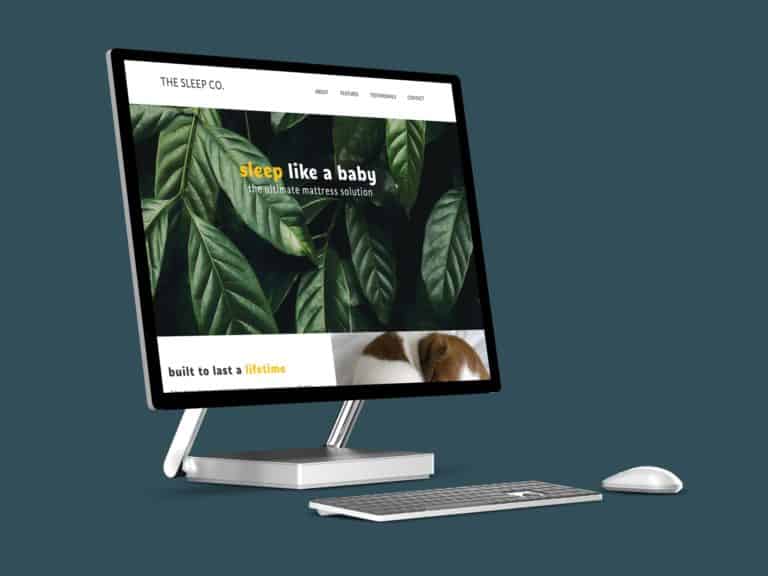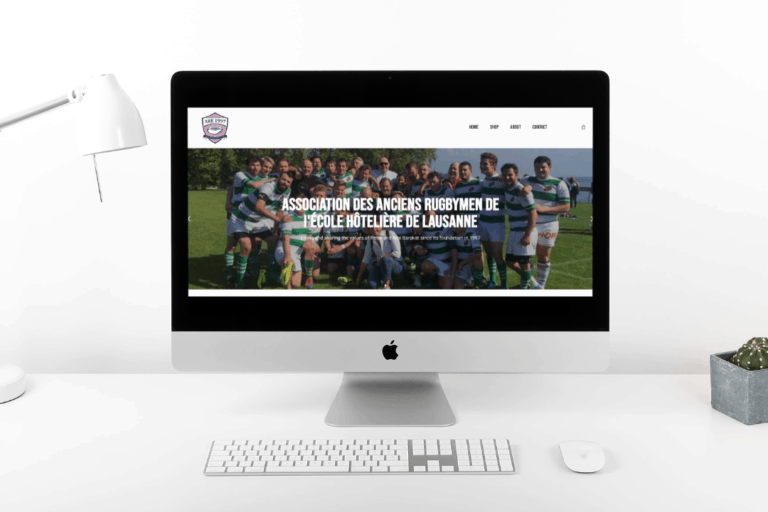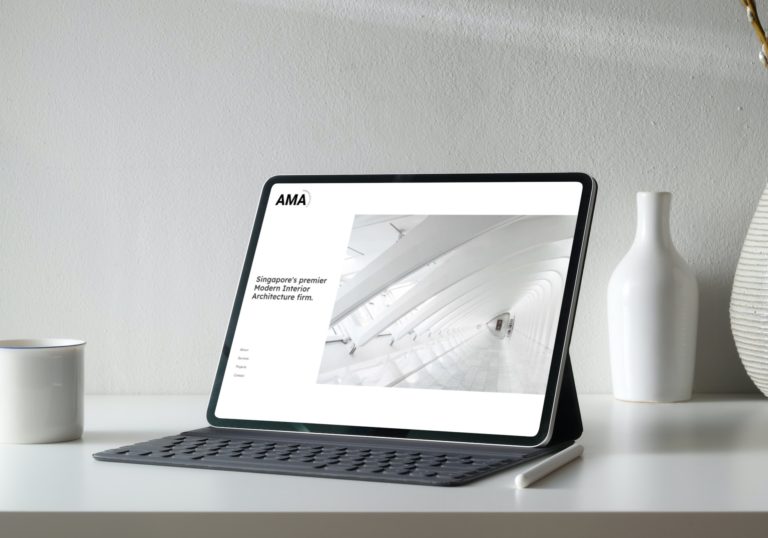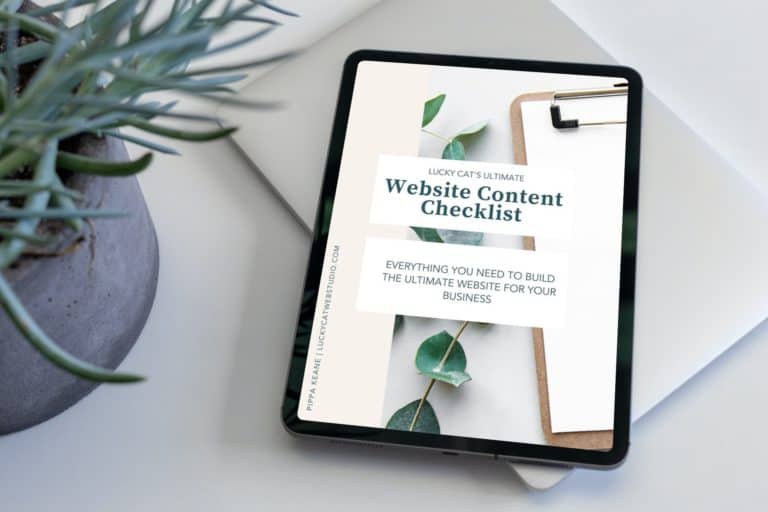One-page websites have come a long way in recent years. The old “landing page” showing only a business’s contact details, has now morphed into a condensed version of a full site, showcasing about, services, pricing, contact details, booking options, and even e-commerce. The good news is, a one-page website doesn’t have to “look” like a budget option. With clever design and strategy, a one-pager can make the visitor feel like it isn’t a single page at all.
What is a one-page website?
A one-page website is exactly what it sounds like! Instead of having multiple pages for your about, services, and contact, all these things are cleverly condensed onto one “home” page.
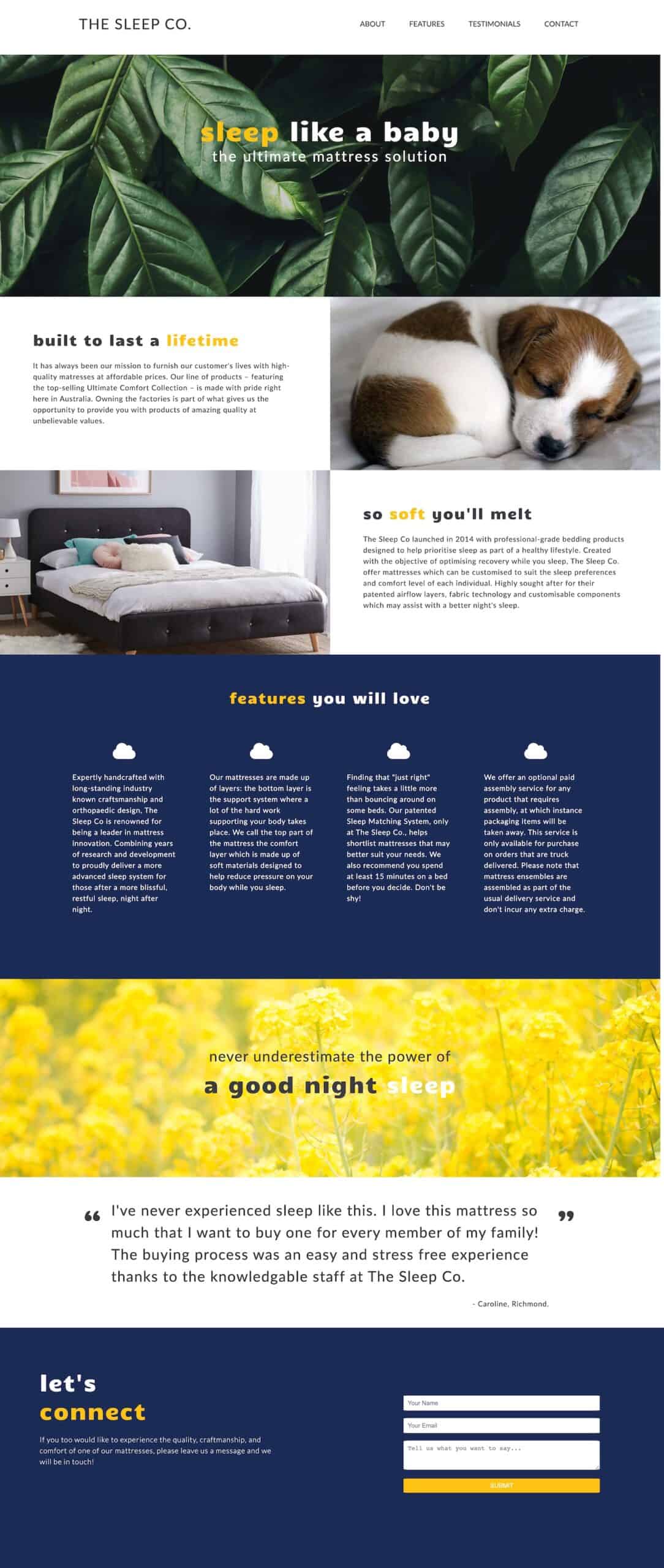
How do one-page websites work?
Some of the best one-page websites tell a story of the business it represents. It may start with the “hero” section above the fold (the first part of the website you see) which introduces the business and its purpose. Then it would go into succinctly describing each service offered, followed by how the business can help you and what solutions it presents. It may also have an about section which would contain information about the founder and their vision and mission. The end of the page should offer a call to action such as a “buy now” or a “get in touch” button to really convert those visitors into paying customers. The end of the page or the footer could offer a lead capture, mailing list sign-up, or a contact form.
Wouldn’t that involve endless scrolling?
You may think that a one-page website would involve a lot of scrolling. In many cases that is correct, but to save the user’s fingers, jump links (or anchor links as they are commonly called) can be utilised so users can quickly navigate to where they want to go. Jump links are simply links, arrows, or buttons which “jump” down to a section on the same page you are on. Website designers can even disguise jump links into looking like a traditional navigation menu at the top of the site, to make it look like a multi-page website. They are quick and effective, as no time is wasted waiting for another page to load.
Who is a one-page website good for?
One-page websites are perfectly suited to a huge range of different industries and are best for service-based businesses, professionals, freelancers, and tradespeople. Usually, there is not much functionality behind the website, so it is used as a brochure site as the first point of contact and a professional “shop-front” to allow a customer to reach out. One-page websites are excellent for start-ups and budget-conscious small businesses that want to have a professional online presence without the big price tag.

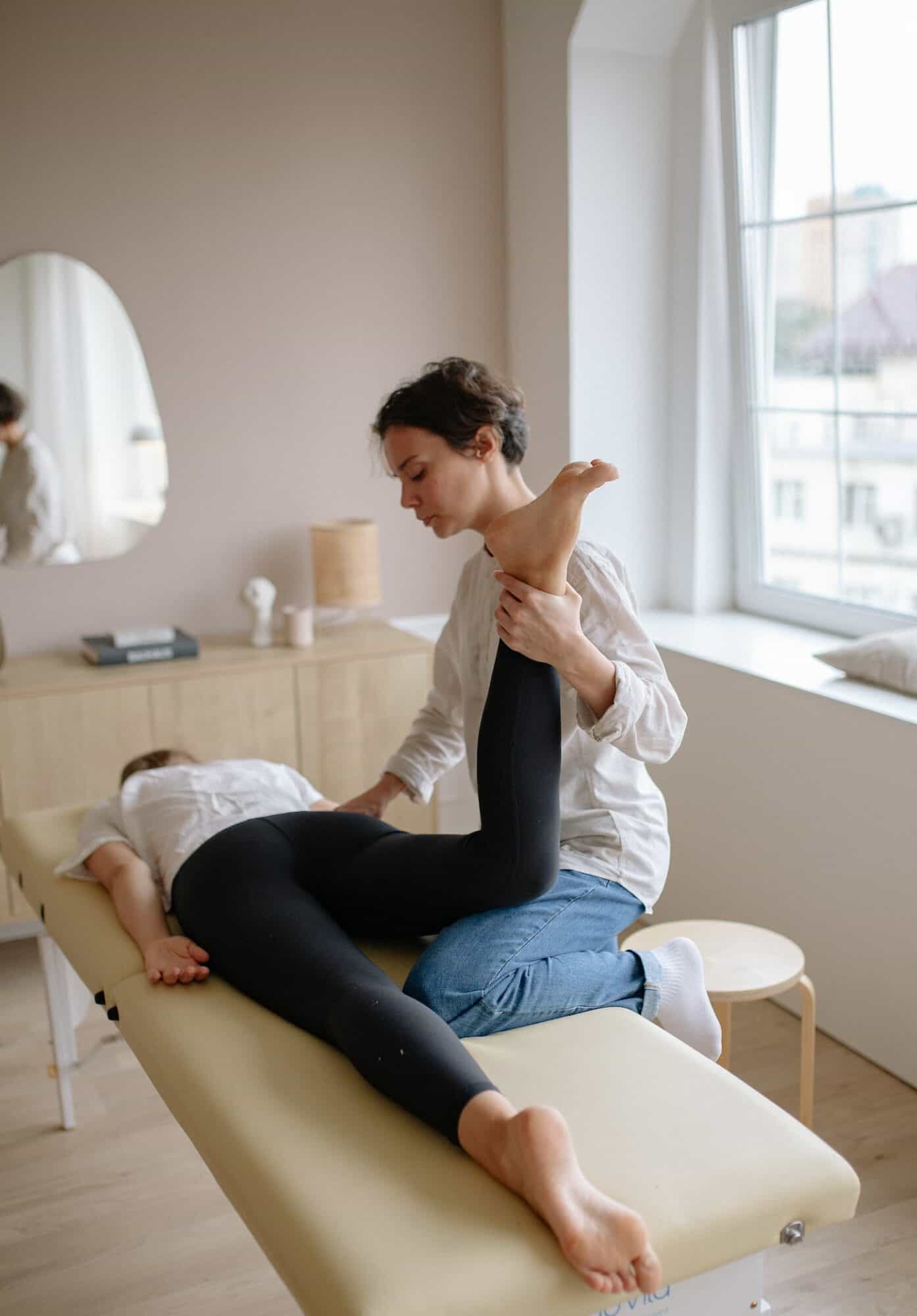
Did you know?
My very first business website was a one-pager! It was so long ago that I don’t even have a copy of it to show you, but I do have the headshot I used:

Even me, a web designer with the skills and knowledge to build my own big multi-page site, started off with a simple custom coded one page design. This was partly due to not having time to do a large-scale design, and just wanting to get something up while I continued to prioritise my work on client sites. Thankfully, single-page websites have come a long way since I did my old one!
Benefits of a one-page website:
- Website visitors can quickly find what they are looking for without having to wait for pages to load.
- Low budget. Need I say more?!
- Great for start-ups – scale later as your business grows.
- Get a good online presence until you can afford a full site.
- A good one-pager is ordered in a specific way so as to draw in the user and lead them to conversion.
- Focuses the user’s attention on the offering – lower bounce rate than multi-page websites.
- More mobile-friendly: Mobile browsing is now more popular than desktop, so it is easier to scroll and read rather than having to keep clicking on more pages. If the majority of your market uses mobiles as their preferred device, a one-pager makes perfect sense as it won’t chew through as much of the mobile user’s data.
- Faster load times – Can be set to react to a visitor scrolling therefore loads content on demand, and only if it is needed. This saves bandwidth and reduces the browser overhead, promoting better performance.
- Higher engagement – visitors will spend more time on that one page and will be less likely to click off. Google loves it when users spend more time on a particular page so it may lead to higher rankings in the SERPs (search engine results pages).
- Easier to maintain, as fewer plugins are required to make the site function.
- Quick turnarounds to build and develop so you can start obtaining those leads faster.
- Copy and content are succinct and to the point which means less stress on getting your content ready, and a great result for time-poor visitors who want to find information quickly!
So now you know all there is to know about one-page websites! Has this post changed your perception or marketing plan at all? Get in touch today to discuss whether a one-page website might be right for your business.






